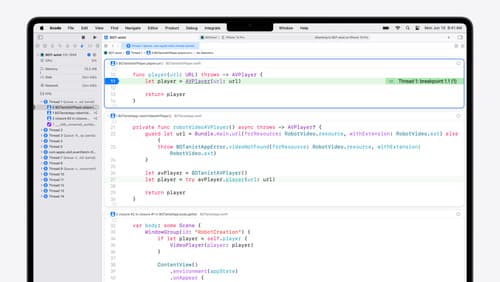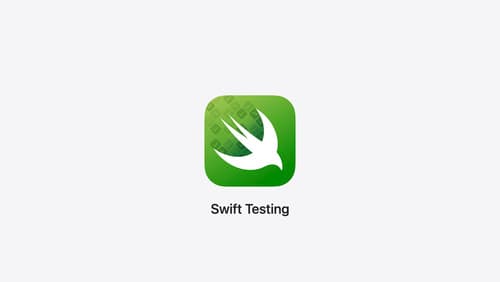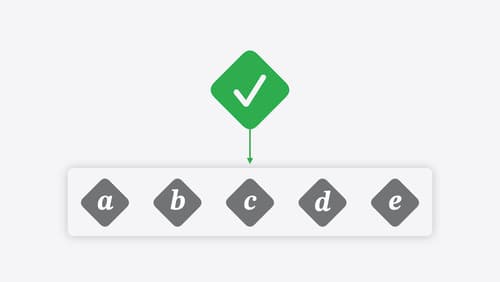XCTEST
Asked on 2024-08-12
1 search
Swift Testing and XCTest
At WWDC 2024, Apple introduced Swift Testing as a new testing framework that offers several enhancements over XCTest. Here are some key points about Swift Testing:
-
Test Functions: In Swift Testing, test functions are explicitly marked with the
@Testattribute, unlike XCTest where test methods must start with the word "test". This allows for more flexibility in naming and structuring tests. -
Expectations and Assertions: Swift Testing uses two basic macros,
expectandrequire, for assertions, simplifying the process compared to XCTest's multipleXCTAssertfunctions. Therequiremacro can be used to halt a test upon failure. -
Parallel Testing: Swift Testing runs tests in parallel by default, which can significantly reduce execution time, especially in CI environments. This is a departure from XCTest, which supports parallelization only through multiple processes.
-
Suite Types: Swift Testing supports structs, actors, and classes for test suites, promoting value semantics and reducing bugs from state sharing. XCTest, on the other hand, only supports classes that inherit from
XCTestCase. -
Migration: Swift Testing and XCTest can coexist, allowing for incremental migration. Swift Testing is open source and works across all Apple platforms, as well as Linux and Windows, ensuring consistent behavior across different environments.
For more detailed information, you can refer to the session Meet Swift Testing (17:35) which discusses the relationship between Swift Testing and XCTest.

What’s new in Xcode 16
Discover the latest productivity and performance improvements in Xcode 16. Learn about enhancements to code completion, diagnostics, and Xcode Previews. Find out more about updates in builds and explore improvements in debugging and Instruments.

Meet Swift Testing
Introducing Swift Testing: a new package for testing your code using Swift. Explore the building blocks of its powerful new API, discover how it can be applied in common testing workflows, and learn how it relates to XCTest and open source Swift.

Go further with Swift Testing
Learn how to write a sweet set of (test) suites using Swift Testing’s baked-in features. Discover how to take the building blocks further and use them to help expand tests to cover more scenarios, organize your tests across different suites, and optimize your tests to run in parallel.
